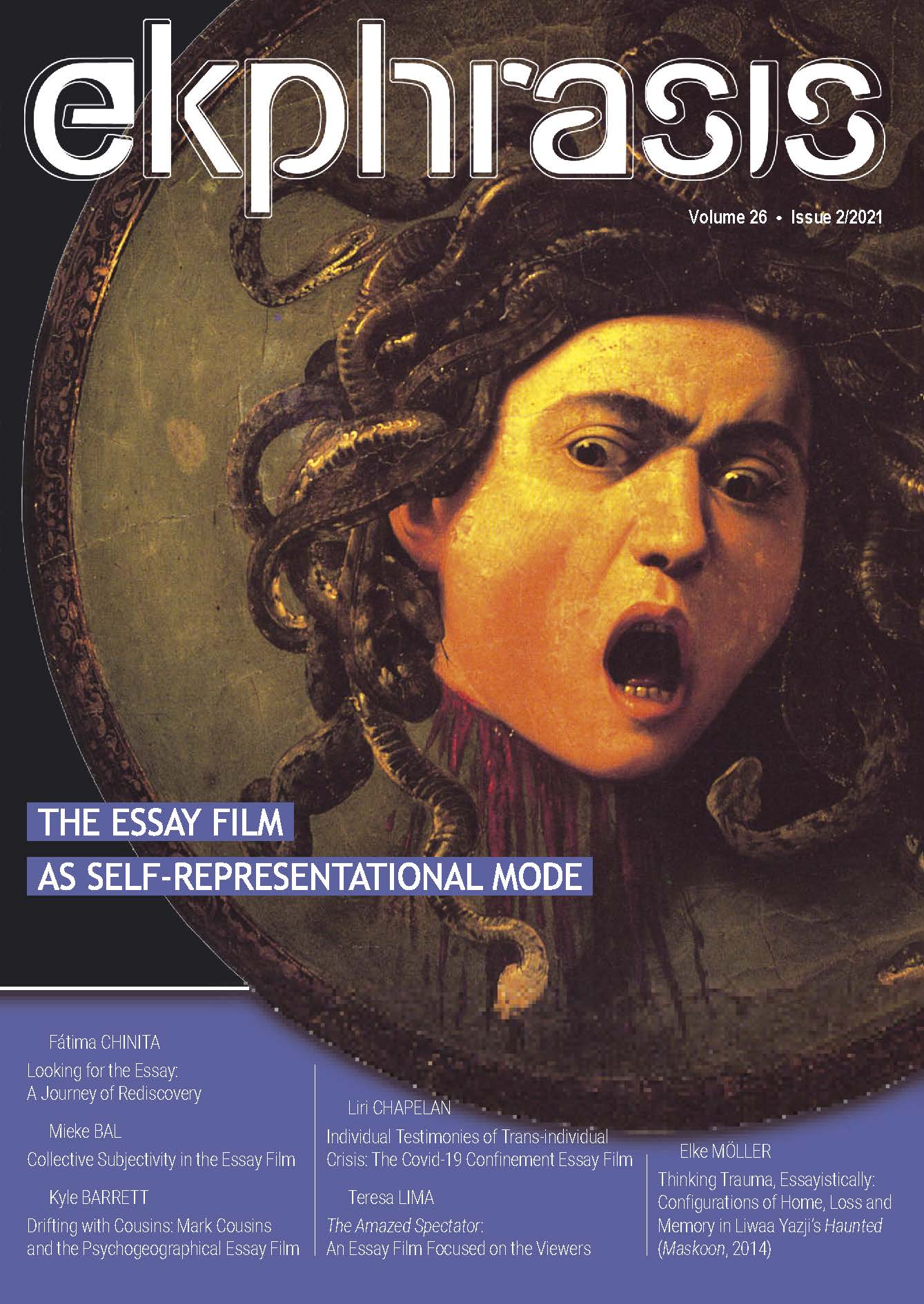The Essay as Mode of Expression and the Essayistic Practices in Radu Jude’s Cinema
The Essay as Mode of Expression and the Essayistic Practices in Radu Jude’s Cinema
Author(s): Doru PopSubject(s): Fine Arts / Performing Arts, Film / Cinema / Cinematography
Published by: Universitatea Babeş-Bolyai, Facultatea de Teatru si Televiziune
Keywords: Romanian cinema; essay film; essayistic practices; visual essay; essay genre; Radu Jude;
Summary/Abstract: Like most European national cinemas, the Romanian film industry has developed a strong tendency towards authorship, with many contemporary filmmakers using various forms of expression that represent their personal views about the world, society and humanity. While Romanian cinema did not fully develop its own version of the essay genre, most often using more traditional modes of expression to highlight the subjectivity of the moviemaker in the cinematic discourse, a moviemaker like Radu Jude provides illustrative exceptions, showing how various modes of expression provided by essay films can be used. This contribution explores the modalities practiced by Jude in his recent productions, mainly in the highly awarded film Bad Luck Banging or Loony Porn / Babardeală cu bucluc sau porno balamuc, but also in several other works where this filmmaker uses cinema as an implicit essayistic instrument, from the early attempts in Aferim! to more experimental productions as Uppercase Print / Tipografic Majuscul, or apolitically charged film like I Do Not Care If We Go Down in History as Barbarians / Îmi este indiferent dacă în istorie vom intra ca barbari. This paper does not propose a re-evaluation of the theories about the essay film, instead is a reflection on the existing theoretical premises proposed among others by David Montero (2012),who argues that the essay films is a form of thinking and links this type of film with the traits of European cinema (strong authorial presence, open-ended narrative sand the explicit social and artistic drive of these movies).While following Timothy Corrigan’s (2011) explanations about the essay films, understood as self-reflective and subjective narration forms, these basic forms of expression that make up the “essay genre” must be further explored in the specific modes in which other arts are transformed into cinematic manifestations. The essayistic practices developed by Jude and predominant in his discourse can be related to Nora M. Alter’s definition of the essay film as a form of critique (2018). This analysis overviews the particular practices in which contemporary cinematic expressions are moving away from the classical meanings of the essay genre, and explores the hypothesis following Adorno’s powerful insights, that the essay has a transgressive power, and operates in a non-conformative way. Last but not least, as Laura Rascaroli suggested in her book on how the essay film thinks (2017), when trying to understand the qualities of the essay film and the role of the moviemaker, it is the interstice, the in-between, that generates diverse essayistic modes of expression. Showcased by the films made by Radu Jude, the purpose of this article is to attempt a classification of the essay modes of expression in which the social and political refusal of in-difference can make a difference in the production of cinematic meanings.
Journal: Ekphrasis. Images, Cinema, Theory, Media
- Issue Year: 26/2021
- Issue No: 2
- Page Range: 174-192
- Page Count: 19
- Language: English

